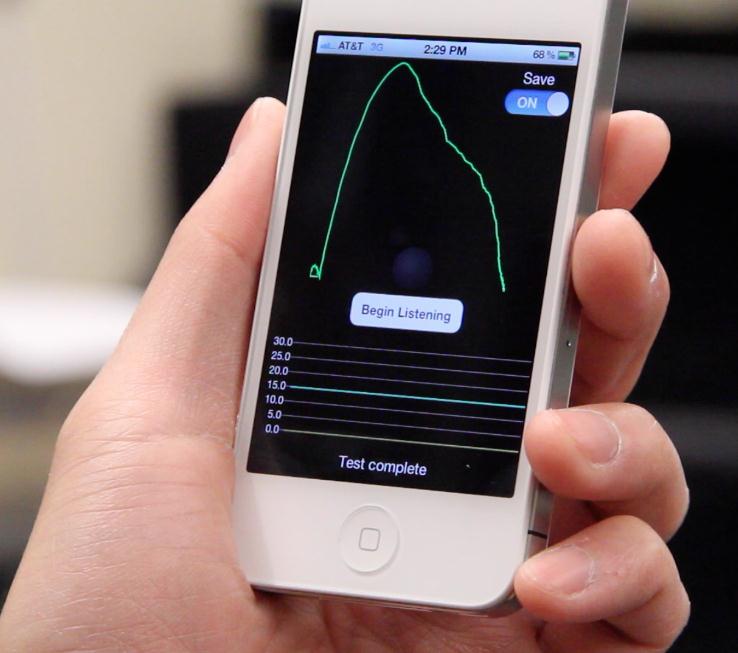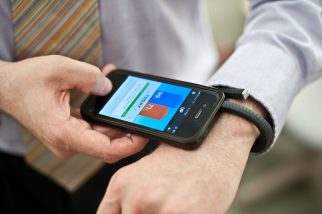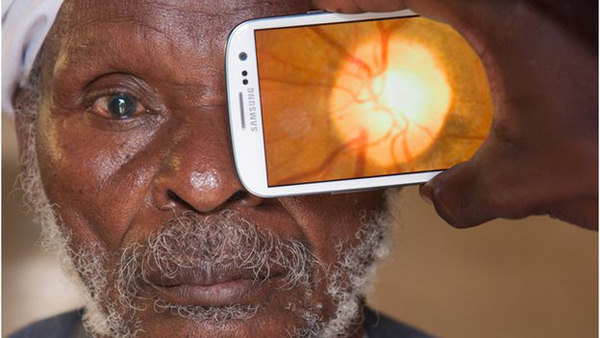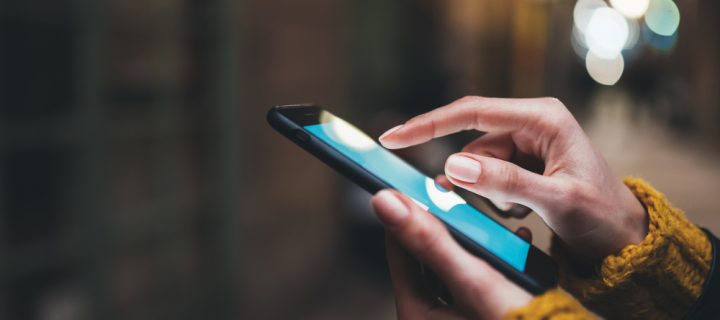Smartphones have completely revolutionized how we live our day-to-day lives, from ordering food, to finding the closest restroom in an emergency.
They’ve also – thanks to add-ons & apps – are changing the field of medicine, in terms of diagnoses and treating illnesses. Those ubiquitous, high-tech screens double as medical devices today, researchers say.
“If you look at the camera, the flash, the microphone… they all are getting better and better,” says Shwetak Patel, engineering professor at the University of Washington.
“In fact the capabilities on those phones are as great as some of the specialized devices,” he explained to the American Association for the Advancement of Science (AAAS) in their annual meeting this week.

Smartphones are potent in medicine already; they’ve served as pedometers, calorie counters, heartbeat trackers, and much, much more.
And that may soon include becoming a tool for diagnosing illness.
“You can use the microphone to diagnose asthma, COPD (chronic obstructive pulmonary disorder),” Patel said.
“With these enabling technologies you can manage chronic diseases outside of the clinic and with a non-invasive clinical tool.”
The added features of a smartphone, like the camera and its flash can possibly be adapted to diagnose blood disorders, like iron or hemoglobin deficiencies.
Related: Want to Reward Your Kids for Exercising? There’s an App for That
“You put your finger over the camera flash and it gives you a result that shows the level of hemoglobin in the blood,” Patel said.
 HemaApp is a non-smartphone device that measures hemoglobin sans-needle, and has performed well in trials; researchers are waiting for approval from the FDA to expand its applications.
HemaApp is a non-smartphone device that measures hemoglobin sans-needle, and has performed well in trials; researchers are waiting for approval from the FDA to expand its applications.
Phones may be used to diagnose osteoporosis, too, which is a common bone disorder in the elderly. It would be as simple as holding your smartphone, opening the app, and tapping your elbow.
“Your phone’s motion picture sensor picks up the resonances that are generated,” Patel explained.
“If there is a reduction in density of the bone, the frequency changes, which is the same as you will have in an osteoporosis bone.”
Lower Costs
More and more doctors & researchers are beginning to utilize smartphones in their daily work, too. The value lies in managing electronic health data, as well as figuring out which clinical trials are most effective, says Gregory Hager, professor of computer science at Johns Hopkins University.
Clinical trials are costly when they’re futile; a study from start-to-finish currently costs roughly $12 million.
“The new idea is micro-randomized trials, which should be far more effective, with more natural data,” Hager said.

Related: This Video Game Could be the Next Big Thing in Treating Depression
This can lead to dramatically lower costs for clinical testing, though the field is still new, with more work needed to determine the breadth of the quality & effectiveness of such trials.
But perhaps most importantly, all the advances with smartphones can empower patients to better manage their own health, says Patel.
“You can imagine the broader impact of this in developing countries where screening tools like this in the primary care offices are non-existent,” he told reporters.
“So it really changes the way we diagnose, treat, and manage chronic diseases.”
Photo credit: Maria Savenko/Shutterstock












